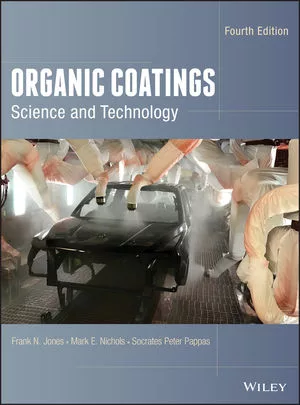From the Editor
Chocolate News and Reversible Glue: Science Has the Answer
Researchers have developed a reversible glue that could change the way we recycle.

It is the middle of November, and we are quickly rounding the curve to Thanksgiving, the springboard into the six-week winter holiday maelstrom. For me, this time of year can feel a bit like a weeks-long exercise in excess. We eat more, we drink more, we buy more. We just consume more.
If you feel as I do, then perhaps you can rest assured that science is always working to mitigate that over consumption we engage in around November and December. Two recent announcements about new research in recycling technology and the use of agricultural residue for chemical compounds can make you feel a little better as you engage in the typical December consumerism.
Engineers at Newcastle University in the UK have invented a reversible glue that has the potential to change how we recycle. The water-based emulsion uses polymers that contain an electrical charge to keep the emulsion stable and to stick to different surfaces. When a surface coated with a positively charged emulsion is joined to a surface coated with a negatively charged one, the two components stick together. If the bond is immersed in water that is either slightly acidic or alkaline, it fails. This presents new possibilities for recycling of things like plastic packaging, such as water bottles.
Although the glue has been targeted for plastic surfaces, it can also bond to other surfaces. Besides the recycling of bottles, the research could be applied to other areas of packaging as well as the recycling of automotive parts and electronics. The work was published in the chemistry journal, Angewandte Chemie International Edition.
In chocolate news, researchers have found that cocoa pod husks, which are usually discarded after the beans and pulp are extracted to make chocolate, could be a useful starting material for flame retardants. The husks contain lignin, a tough lipid polymer, which could be a renewable replacement for some substances typically derived from petroleum, such as flame retardants.
The researchers obtained cocoa husks and milled them into a powder. After rinsing to remove fatty residues, they boiled the powdered husks in a mixture of butanol and acid, a standard lignin extraction method called the butanosolv process. They next confirmed the isolated lignin’s quality and high purity, finding no evidence of carbohydrates or other contaminants. Then, over the course of three chemical steps, the team modified the pure lignin biopolymer to have flame-retardant properties. They attached 9,10-dihydro-9-oxa-10-phosphaphenanthrene-10-oxide, which is a fire suppressant molecule called DOPO, into the backbone of the lignin polymer. In experiments, when the modified lignin was heated, it charred — but did not burn up — a sign that it could act as a flame retardant.
If you are interested in either of these studies, visit our website for more detailed news. Speaking of news, this issue of ASI includes the annual year-in-review article, which lists the most popular features, news items, product announcements, and podcasts of 2023. When looking at the most visited feature articles, those that discuss new technology are definitely at the top of readers’ interest. Also included in this issue are articles about tesa’s event commemorating an expansion at its facility in Sparta, Michigan, an article about characterizing silicone release coatings, and more. Happy holidays! See you in 2024.
Looking for a reprint of this article?
From high-res PDFs to custom plaques, order your copy today!






